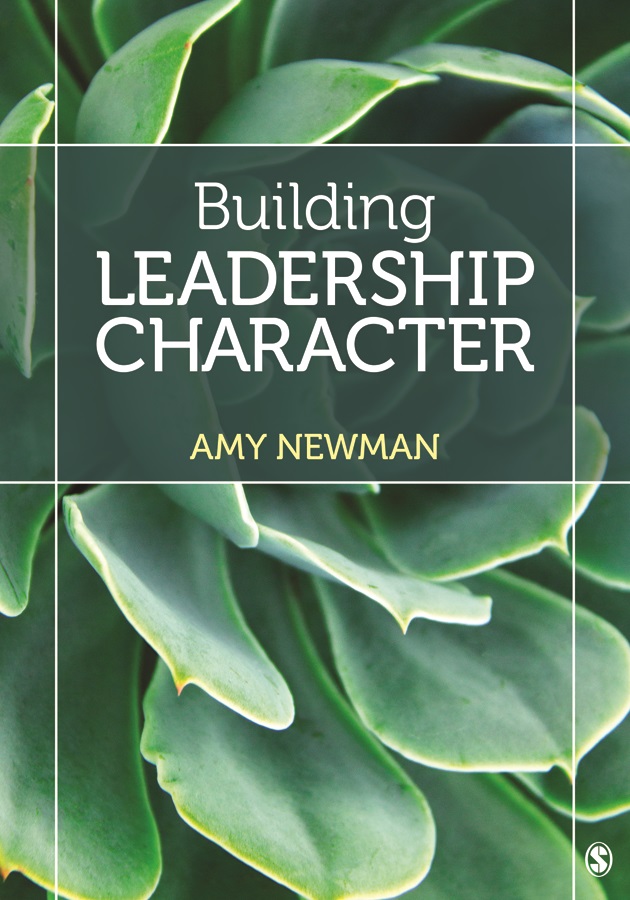Chronicle Recommendation for Full Disclosure Raises Character Questions
/A Chronicle of Higher Education article suggests that academic leaders practice full disclosure when applying for jobs. The recommendation is to avoid issues later in the hiring process, and the decision tests candidates’ character, particularly integrity, courage, and authenticity. Our students face similar decisions.
Here’s the search consultants’ advice:
Be forthcoming and candid about any sensitive or confidential information that may affect your candidacy. Search committees and hiring managers—and I can’t stress this enough—hate surprises. So it’s critical to disclose a potential roadblock as soon as possible once you’ve decided to become a candidate.
Hiring managers “hate surprises” for a few reasons. First, no one wants to waste time. If a candidate, even at an entry-level, will be ruled out, HR wants to know early on. Students with a criminal record of theft should not bother applying for an auditing position. Second, employers want to hire people with integrity, which includes being honest up front. This takes courage, a worthy topic of discussion with our students. Yes, students risk missing out on a job offer, but better to remove themselves from the process early than wait until the third interview or, worse, after they’re hired. When I worked in HR, terminating hired employees after a discovery was a painful process, and this only makes it harder for someone to find another job.
In their list of disclosures, the search professionals include legal issues, negative publicity, barriers to relocating, and leaving previous employers on bad terms. Students might want to discuss gaps in employment, negative social media posts, family obligations, and job terminations—not all at once, of course. Depending on the situation, job market, industry, and so many other factors, students have difficult decisions to make about whether, how, how much, and when to disclose issues that might negatively affect their candidacy. Some of the advice in Business Communication and Character is rooted in Chalice Randazzo’s work: "A Framework for Resume Decisions: Comparing Applicants’ and Employers’ Reasons” (BPCQ, 2020).
Here’s an inspiring story about a researcher at Intel who decided to talk about his history of addiction during his job interview. In the end, what students choose to reveal reflects on their character. They might find this discussion and handout about the Character, Audience, Message (CAM) Model useful.




















